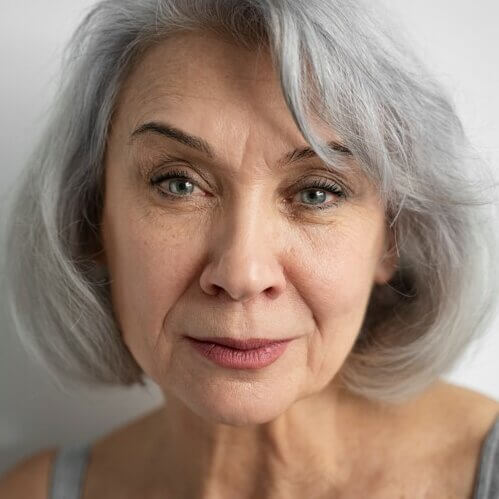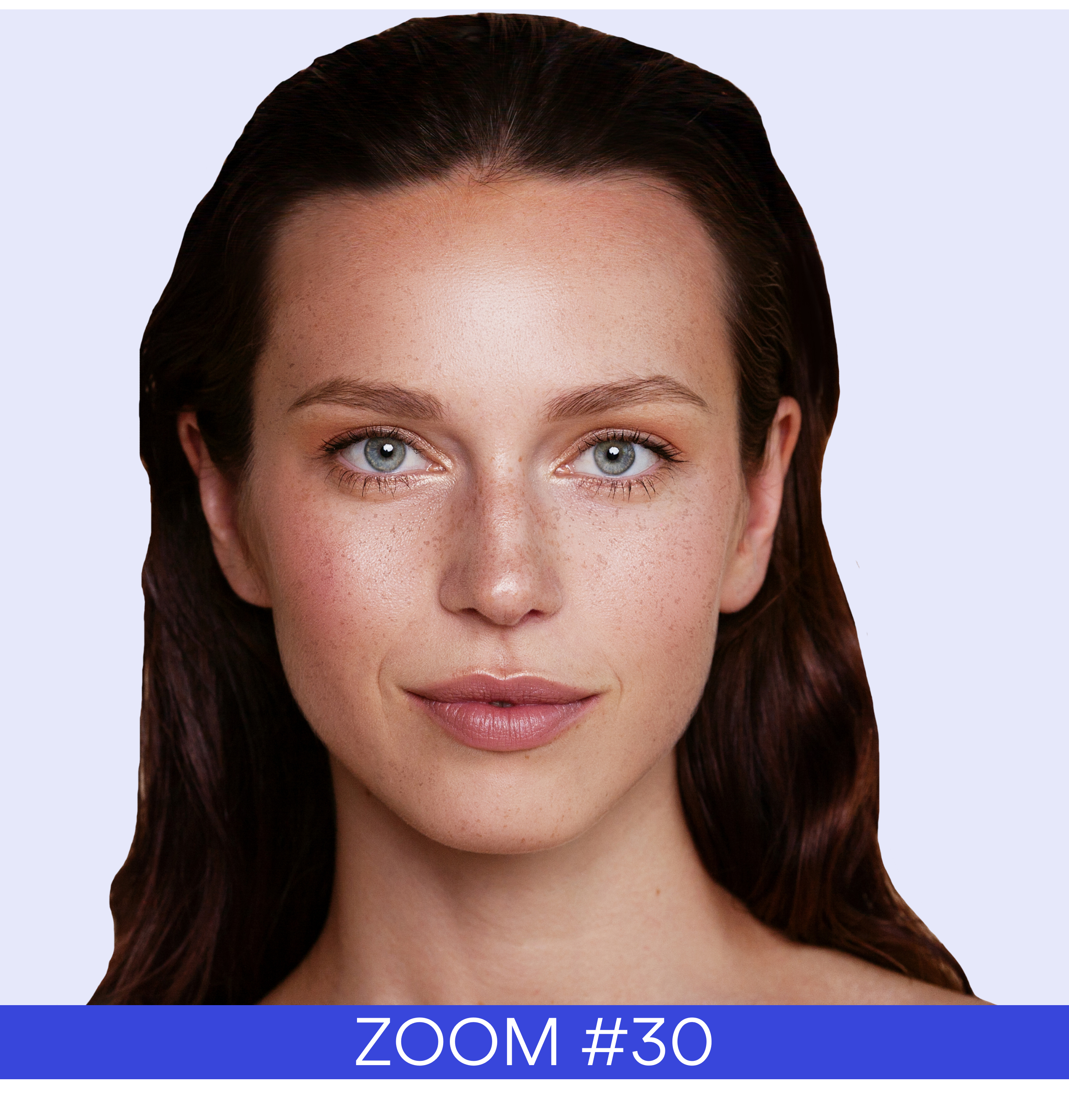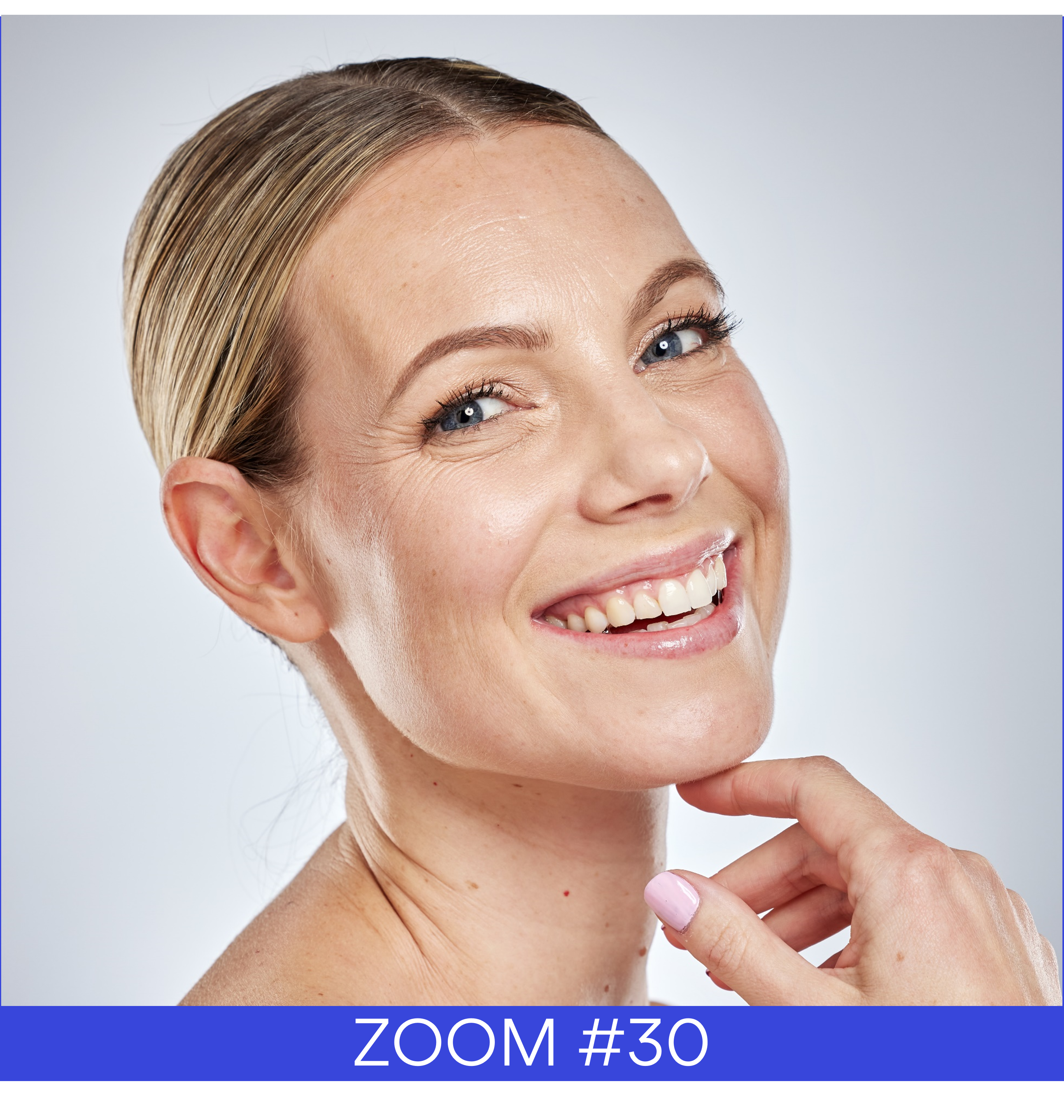Claims of personal care evolve following of the active ingredient development, the way both are evaluated, demonstrating their performances. Since the mid 2010’s the cosmetics industry is gradually leaving the era of anti-ageing behind. Today, most consumers are more in the mood for a well ageing, slow ageing, or pro ageing approach…
Increasingly inclusive beauty rituals give the opportunity for a pause, counterbalancing stressful, tiring, and anxious lifestyles and reducing the deleterious effects of a life that attacks the skin through internal mechanisms or a harmful environment. Eliminate toxins, oxygenate the body, take care of oneself to maintain the radiance and homogeneity of the complexion and a good mood.
Consumers are going to take action to preserve their tonicity, elegance, and silhouette. In this quest for mindful beauty radiance, what women expect from cosmetics is emotional pleasure and sensoriality. It is all about supporting the ageing process rather than fighting the signs of ageing, whith skincare products supporting a ’pro-longevity’ and enhancing’.
The exposome influencing the skin ageing is now well known with theintrinsic, and extrinsic factors. This is how the 20th century differentiated the environmental factors of sun, pollution,
food, alcohol, cigarettes, medicines, etc.; with factors related to our biologicalclock, i.e., the genome.
In vivo evaluation of anti-ageing perceptions
In beauty, ageing no longer appears to be directly associated with age but more with the ‘feeling of age’. Consumers and personal care brands agree that there will be improvements in terms of perceived benefits on well-being rather than actual rejuvenation. It has never been more important in this timeof complex pandemic than to age well. To objective such “sensory” efficacy, more and more cosmetics brands use the invaluable analyse of the feeling and the sensation perceived.
A list of the principal signs of ageing influencing the age perception can be established even if their importance differs among different ethnicities. Skin tone is generally considered ageing among Asian, with skin dullness and hyperpigmentation. Among Caucasian wrinkles – particularly around the eye and forehead area- are the important signs. Sagging skin around the mouth and jawline is also described earlier than other ethnicities.
More than classical efficacy on the skin surface and structure, skin care dedicated to mature skin reveal improvements on emotional, well-being, sensoriality properties. The promise is a recovery of the tissue firmness, the face’s shape, the radiance, and the complexion the plump and volume appearance.
Since the 2010s, with the contribution of neuroscience and new technologies, it has been a question of scientifically and dynamically evaluating the psychic and physilogical influence of emotions associated with the application of a cosmetic product and consequently the actions that result from it. The application of a cosmetic as a sensory experience is a stimulus that modifies the heart rate, facial expressions, skin surface activity, in a multidimensional cognitive, behavioural, and physiological process.
Experts agree that six primary emotions constitute the common and universal base of individuals: pleasure, sadness, fear, disgust, surprise, and anger. The emotional response as a subjective feeling associated with an event is spontaneous, instantaneous, rapid, and universal. The brain rapidly and unconsciously evaluates the effect of the application of a cosmetic product. When it comes to claims, the study of emotions makes it possible to evaluate a wide range of perceptions caused by the application of a product and the improvements in self-representation as well as the physiological effects induced.
To objectify emotions scientifically, there is not a single simple and direct method but a multitude of methods. To increase the reliability of these analyses resulting from an unconscious and implicit process, it is necessary to consider in the design of the protocols, the claim sought, the type of product studied, the typology of consumers and to integrate the combination of the 3 components of the emotion:
- Expressive or behavioural: what modifies facial and postural expressions are studied using eye-tracking, facial expressions, prosody, verbatim, gestures, Facial Action Coding System (FACS)…
- Physiological: what changes body parameters are studied using EEG, FEMG, salivary cortisol dosage, cytokin dosage, skin temperature, skin conductance, heart rate, breathing rate, blood pressure
- Subjective or cognitive: what can be verbalized are studied using psychological or quality of life questionnaire, self-assessment…
You can find all these methods by connecting for free to the Skinobs Clinical Testing Platform by choosing the “Sensory Analysis” category.
The vast biometrological criteria of the anti-ageing claims
During consultations with the elderly, the signs of ageing observed are mainly: skin atrophy, xerosis, various keratoses. The skin abnormalities that characterize photoaging depend on the light or dark phototype. Light skins become cut instead, dark skin becomes thicker. UVB and UVA ultraviolet rays cause severe damage to the dermis. The major consequences concern skin mainly changes in the epidermis-dermis-hypodermis junctions. The growing complexity of lifestyles in the last decade has been impacting the way anti-ageing treatments are used. In another way, the industry anticipates the latest and global technological evolution, such as genomics, AI and the Internet of Thing, to develop, produce and market these specific skin care and answer the regulation constraints and consumer demand.
The category of anti-ageing represents the most numerous, precise, and specific claims of all cosmetic products. In addition to the geographical variations of their regulatory status according to each country, their performances generally announce several effects on mechanisms which are:
- targeted: skin relief, collagen, cellular communication, Dermoepidermal junction…
- localised: Crow’s paws, Lion’s wrinkles, oval face…,
- focused on different skin depths: epidermis, dermal-epidermal junction, dermis) and
- interconnected in various mechanisms: cellular and biochemical
We can categorise the skin ageing signs:
- Skin colour and pigmentation: Redness, tone, Radiance, age spots, circles under eyes
- Skin topography: Crow’s Feet, Furrow Lines, Upper Lip, under-eye, forehead wrinkles, roughness
- Skin structure: thickness, epidermal junction, barrier function…
- Volume: Face, Nasolabial Sagging or Smile lines, puffiness, eyelids…
- Biomechanical properties: firmness, elasticity…
Focus on the wrinkles objectivation
As soft as it may be, human skin is not a flat surface, it has a relief, which is organised in a relatively uniform way into a system of wide and deep primary furrows and transverse secondary more superficial lines. The function of this network is first, to allow a protective mechanical extension in the direction of the stresses on the skin but also to help both the diffusion and the retention of sebum and sweat.
The skin of the face is a complex relief, with a combination of micro and macro relief, resulting from structural changes in the epidermis, dermis, and hypodermis with age.
Leaving aside indirect methods that analyse the print by profilometry and consumer tests, the main direct methods available today are the measurements of the skin profilometry, a sort of skin mapping of the peaks and valleys using Scores and grades, Standardised photography, Shadow & grey level analysis, 3D fringe projection analysis, 3D images and data modelling. The future challenge of skin anti-ageing testing.
The investigators can choose the tests between five main categories – consumer tests, sensory or emotional analysis, biometrological studies and clinical scores- or they can design study protocols combining two or three of them.
Now the imaging of the skin from the centimeter to the nanoscale is more and more crucial. Measuring the several elements and structure of the skin: water, lipids, dermal-epidermal junction, extracellular matrix, fibers… Wether for ageing, radiance, biomechanical properties, or moisturising, the several techniques look for higher resolution, larger measurement area, non-invasive, no-contact, and direct methods.
The combinations of classical biometric measurements with neurosensory studies can provide a better understanding of the product effect and the impact on the consumers. It gives new perspective in the claim substantiation of cosmetics and its application on the ethnic diversity
Read more about Neurosensory Evaluation: TKS Anti-ageing – discussion panel -22.10









 Follow us on Linkedin!
Follow us on Linkedin!